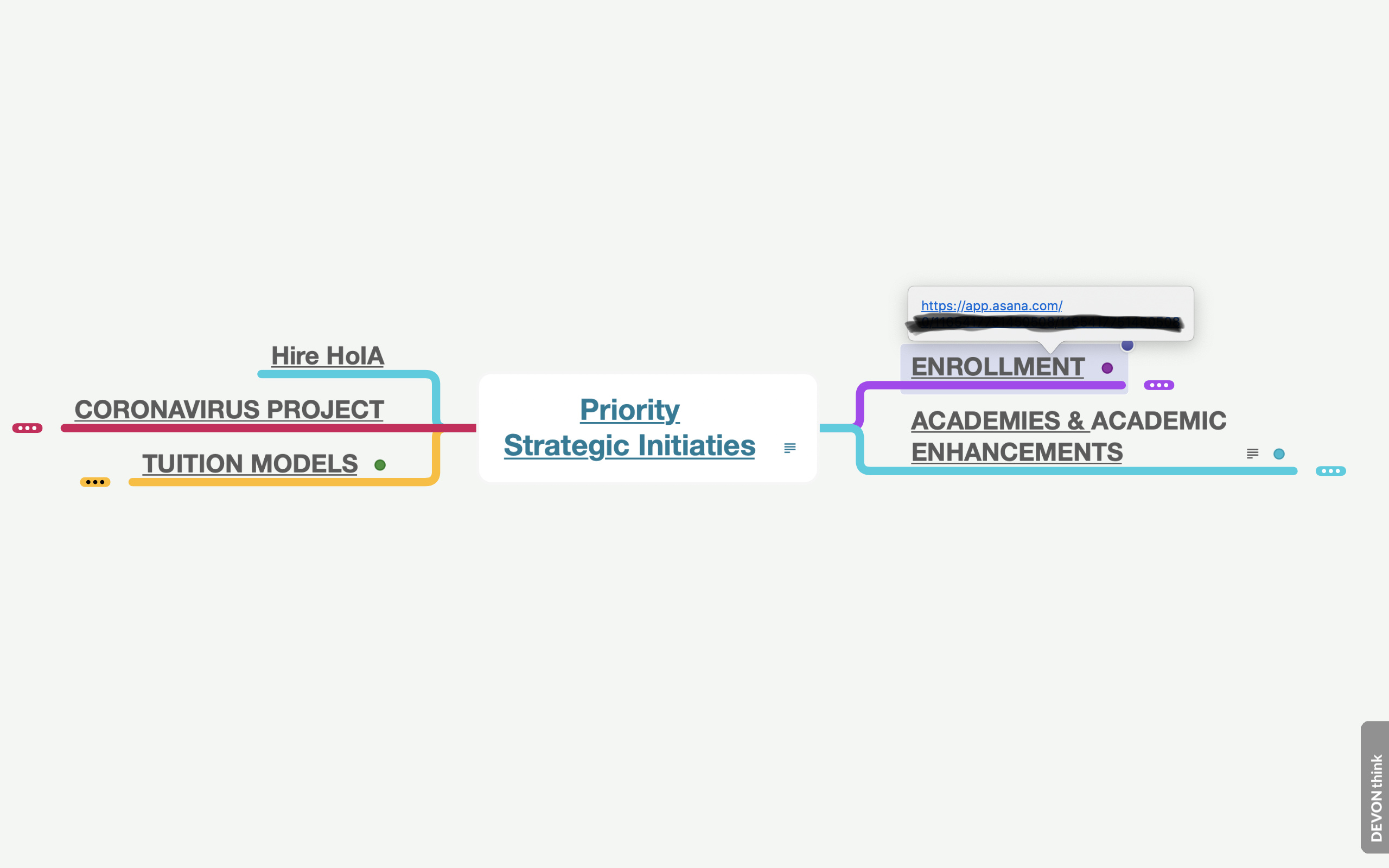

You can obviously go too far in thinking about how to get things done to the point that it distracts you from doing the actual work, but that does not mean it is not worth the time and effort to think through how you do things. I started to use an RSS reader to subscribe to blogs. I began to read articles and listen to podcasts about technology and Apple.

Even more significant than the particular solution that I developed was thinking critically about my workflow. Plain text proved to be the basis for my research workflow and for what I am calling DH 1.0. I first moved to rich text files, before turning to plain text.
#Plain text workflow trial
What else was I missing? It took a while and a lot of trial and error before I found a system that worked for me. If this way of taking notes was so much better and so simple, why did I not know about it. This simple change away from Word to text documents opened up a world of possibilities. One hundred page documents opened in a flash. Upon opening the files, I saw to my amazement that they were completely functional in under a second. I began to copy and past some of my longer notes from word into TextEdit.
#Plain text workflow mac
I knew that my Mac came with a program called TextEdit, but I had never thought to use it. When I finally decided to do something about this issue, it did not take much searching to come up with the solution: text files. This solution was neither practical nor scalable. 1 My solution at the time was simply to open up another Word document and continue typing. Scrolling through the document was difficult, and I had no real way to find anything in the middle of the document other than manually scrolling to where I thought it might be search was a disaster. I would sit there and look at the bottom of the window and see the page count go up: 10 pages, then 15 pages, then 17 pages for a document I knew to be over 100 pages long. It would take almost a minute for the document to fully load. At this point, writing in the document became unbearable. After a month of taking notes on the letters of one correspondent, my Word document reached 100 pages single-spaced. As time went by, these Word documents became quite long. For each correspondent in the archive, I would create a new Word document and do my best to paraphrase what was said in the letter.

I used a simple-and I think somewhat commonsensical-approach to taking notes. My primary research involved reading 16th-century correspondence. My desire to embark upon a technological odyssey was driven by a very simple problem that developed naturally in the course of research for my dissertation. Since then, I have tried to think critically and systematically about my workflow and have often discussed this with others. Early career graduate students are so busy reading, writing, and generally trying to keep up, that the process of how to do the work is easily pushed to the background. I quickly realized that the actual process of getting work done, doing research and writing papers, is little discussed in graduate school. What started as a distraction soon turned into a months-long project on finding better tools for conducting research. I started to poke around the internet to see if I could find ways to improve my workflow. One day, I gave in to the nagging feeling that I was not getting enough out of my computer, that there were better ways of doing things. Sure, I used the internet to watch Netflix, but the basic tools-centered on the Microsoft Office Suite-were essentially the same. I knew that technology had drastically altered the possibilities for research, but the fundamentals of my own workflow were hardly different than they had been when I began undergrad in the early 2000s. I had recently returned from my second extended trip to the archives in the Netherlands and Belgium and had accumulated a ton of notes. In the spring of 2011, I was in the middle of doing research for my dissertation.


 0 kommentar(er)
0 kommentar(er)
